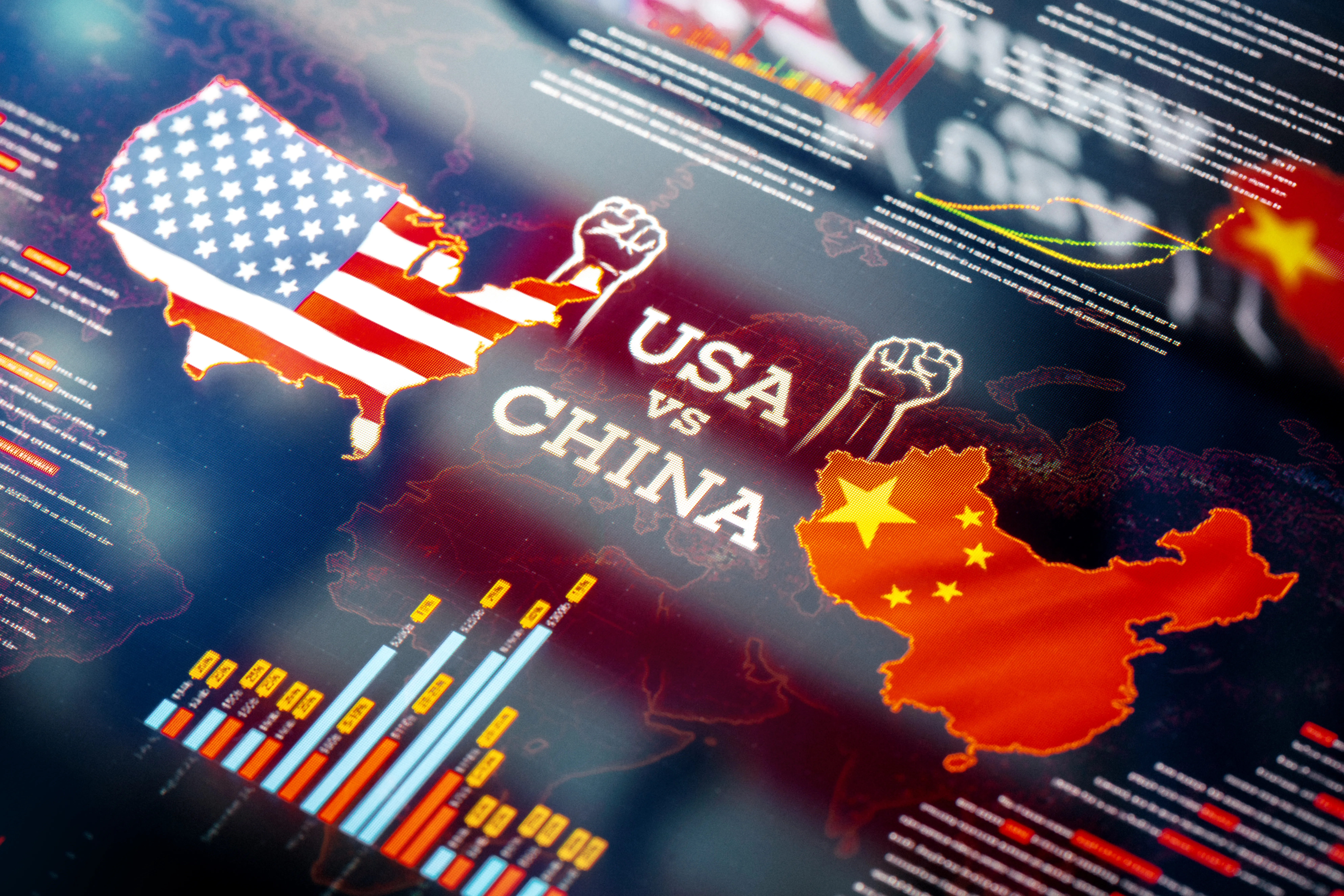Strengthening LiDAR Technologies Amid US-China Competition

Overview of LiDAR Technologies
The burgeoning field of LiDAR technology is at the forefront of various sectors, particularly in autonomous vehicles. Companies like Ouster are addressing challenges posed by international competition. As the US implements new proposals, understanding their implications is crucial for industry stakeholders.
Proposed Regulations by US Government
The House China Select Committee and Department of Commerce have introduced bans on Chinese LiDAR and connected vehicle technologies. These measures aim to bolster domestic firms like Ouster but inadvertently leave consumer markets vulnerable to potential disruptions.
Implications for the Tech Industry
- Increased Security Concerns: The proposals prioritize national security but may affect product availability.
- Market Shifts: Companies may need to pivot their strategies to adapt to a changing regulatory environment.
Conclusion: Navigating a Competitive Landscape
As these regulations take shape, the LiDAR sector must innovate continually to maintain a competitive advantage. The future of this technology relies not only on compliance but also on embracing new opportunities in an evolving landscape.
This article was prepared using information from open sources in accordance with the principles of Ethical Policy. The editorial team is not responsible for absolute accuracy, as it relies on data from the sources referenced.